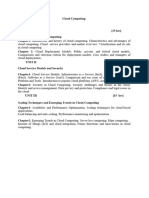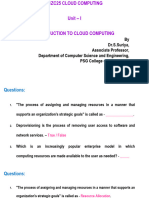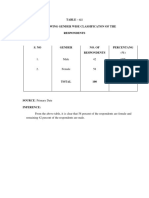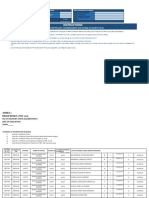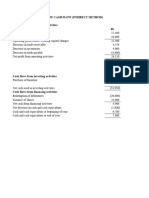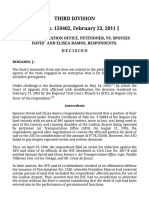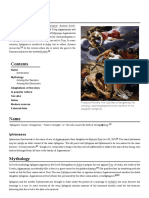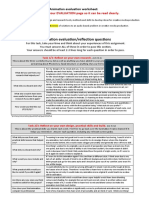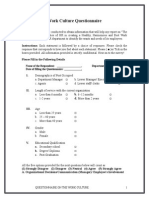0% found this document useful (0 votes)
27 views31 pagesWeek #1-3 CSC 472-Cloud Computing
The document outlines a cloud computing course that covers its definition, components, types (public, private, hybrid), and various service models (IaaS, PaaS, SaaS). It emphasizes the benefits and limitations of each cloud type and discusses the architecture and design principles for cloud systems. Additionally, it includes information about the instructor and the services offered by Cloud Creative Limited, a technology start-up focused on cloud and IT solutions.
Uploaded by
ar robinCopyright
© © All Rights Reserved
We take content rights seriously. If you suspect this is your content, claim it here.
Available Formats
Download as PDF, TXT or read online on Scribd
0% found this document useful (0 votes)
27 views31 pagesWeek #1-3 CSC 472-Cloud Computing
The document outlines a cloud computing course that covers its definition, components, types (public, private, hybrid), and various service models (IaaS, PaaS, SaaS). It emphasizes the benefits and limitations of each cloud type and discusses the architecture and design principles for cloud systems. Additionally, it includes information about the instructor and the services offered by Cloud Creative Limited, a technology start-up focused on cloud and IT solutions.
Uploaded by
ar robinCopyright
© © All Rights Reserved
We take content rights seriously. If you suspect this is your content, claim it here.
Available Formats
Download as PDF, TXT or read online on Scribd
/ 31








